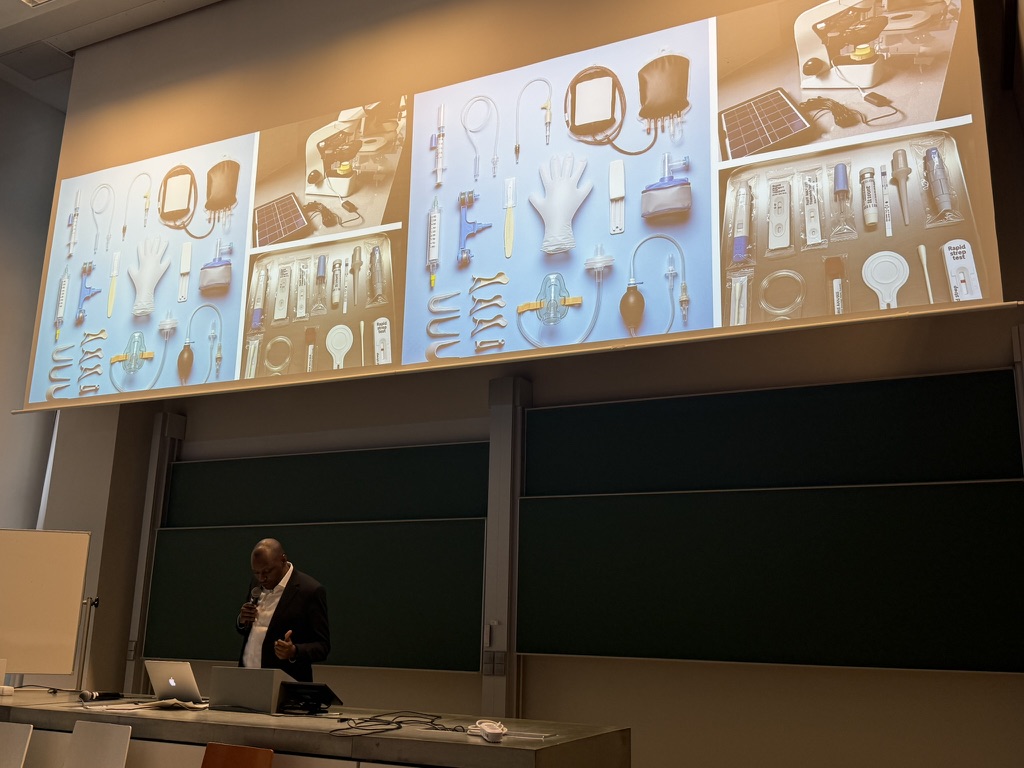Incineration of medical waste in Tanzania: past, futures and the plight of single-use medical devices

Body
Peter Mangesho took part in our project panel - Pasts, Presents, and Futures of Plastics in Medicine - at the 2025 European Association for the History of Medicine and Health (EAHMH) conference in Berlin.
Summary of Peter's paper:
Incineration has only relatively recently become the primary method for disposing of medical waste in Tanzania, moving away from open burning, open dumping, and landfilling. However, incineration is a notable source of dioxins, particularly from the combustion of polyvinyl chloride (PVC) plastics. Chlorinated dioxins are highly toxic compounds that can have harmful effects on both human and animal health. These substances are persistent in the environment and can accumulate in the food chain, leading to long-term ecological and health concerns.
Despite ongoing debates about alternative waste disposal methods, progress has been slow, and few viable solutions have been implemented. The problem is further compounded by evidence showing that many health facilities across the country operate with poorly functioning incinerators. Over the past few decades, there has been an increased utilisation of single-use medical devices made from plastics. While these devices are created with the intention of enhancing patient care, their prevalence has not been matched by advancements in efficient, non-harmful waste treatment technologies.
Drawing from archival material, publications, health facility data, and interviews, this presentation aims to explore how we got here and argues for a shift in discussion from merely interrogating incineration to a broader reconsideration of disposability in medical practices in developing countries, including Tanzania.
Read the panel summary here and find out more in this blogpost.
